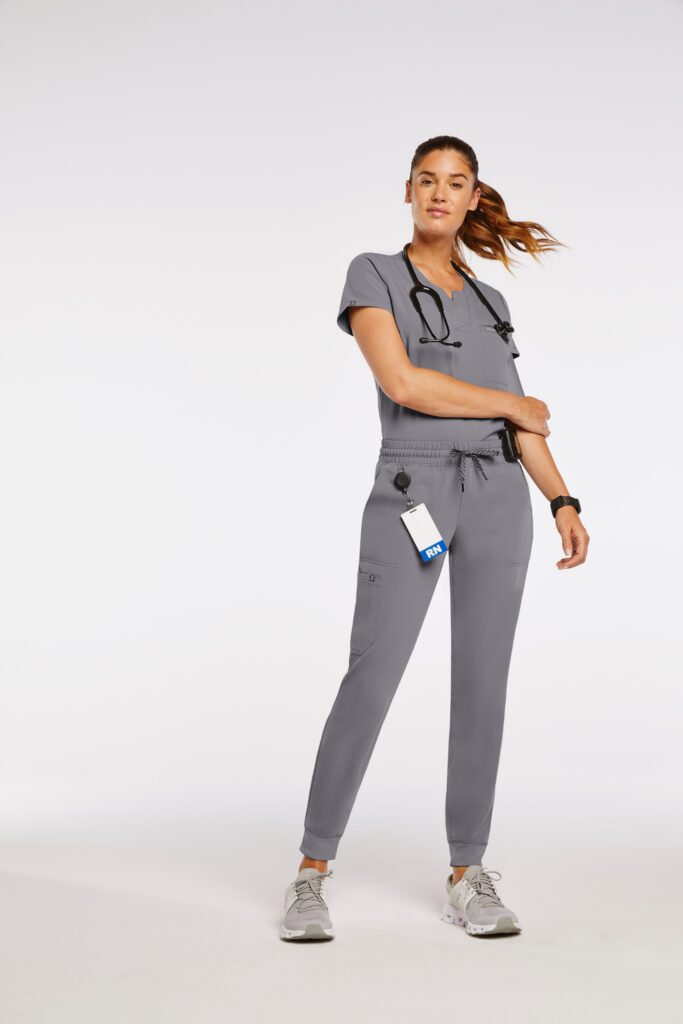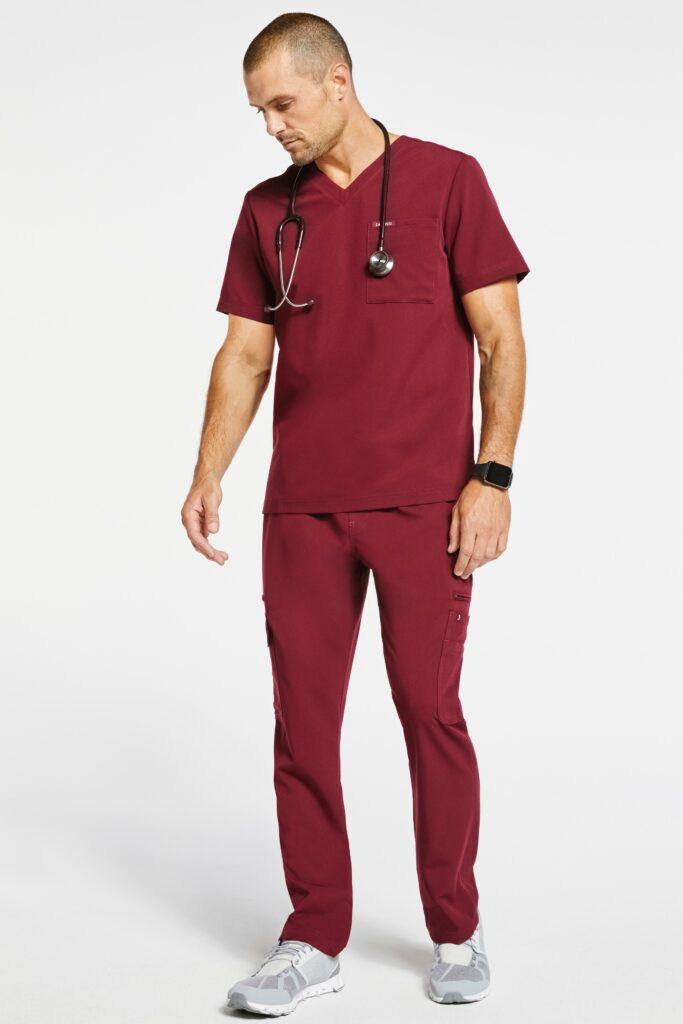
Head-to-Toe Assessment in Nursing: A Complete Checklist
First things first: You’re exceptional at your job, and we’re so proud of you!
Now, imagine a scenario: A patient comes in and shares their symptoms. As soon as you hear them, you quickly start to put together a story about their condition. You thoroughly analyze their situation and join the dots to figure out their problem. You already begin forming an informal care plan in your head. You visualize the plan, thinking how it’ll look like, who’ll be responsible for what, etc. While a patient might come in for one ailment, you also know there could be an underlying one behind it—whether related or not to the patient’s primary concern. Enter: the importance of a head-to-toe assessment.
You all have made a nursing care plan at least once (if not more) during your practice. But this revision paints a comprehensive picture of a patient’s state and helps nurses create solid care plans, spot unseen illnesses and understand an individual better.
Here’s all you need to know about head-to-toe assessment in nursing, including what this assessment entails, the senses nurses use to review a patient’s condition and what tools medical professionals need to perform this exam. Without further ado, let’s dive in.
What’s a head-to-toe assessment?
A head-to-toe assessment looks at the state of a patient’s overall health. Nurses usually perform this assessment upon meeting a new patient and when a patient’s status changes.
During this health assessment, nurses listen to the individual’s concerns and conduct a sensory assessment of the patient’s body. They work systematically and consider all the systems of the body, examining each to reach the root cause of their symptoms.
How to prepare for a nursing assessment

Given that nurses have to collect data by listening to, touching and visually assessing a patient’s body, they need tools to facilitate the work. So before we get into the systematic approach to the assessment, let’s take a look at the equipment nurses should have on hand before starting one:
- Gloves
- Thermometer
- Watch
- Scale
- Blood pressure cuff
- Height wall ruler
- Penlight
- Stethoscope
- Reflex hammer
- Tongue depressor
- Soft and sharp sterile objects
- Pulse oximeter
- Bandages
- Doctor tape
- Masks
Nurses should also prepare for the assessment by checking off the following four tasks:
- Washing their hands well, and having a small sanitizer bottle handy to prevent cross-contamination of germs between you and your patients.
- Making sure the examination room adheres to health and safety precautions.
- Introducing themselves and explaining the process to the patient.
- Confirming the patient’s identity.
Sensory aspects of a head-to-toe assessment
The “senses” at play in a nurse’s physical assessment are slightly different from the five common ones we usually think of. The following are aspects of sensory perception that nurses use to determine the overall state of a patient’s health:
- Inspection: This part of the assessment uses the senses of sight and smell to review the patient’s body for any abnormalities.
- Palpation: This term refers to touch. In light palpation, a nurse gently touches the patient’s body to see if there are pain centers they need to address. It also helps them feel any fluids, skin abnormalities, and—in the case of deep palpation–the position and size of organs.
- Percussion: In this stage, nurses listen to a patient’s body by tapping and producing sound vibrations. This helps them determine the position of fluids, solids, air and the position and size of organs.
- Auscultation: Nurses use their ears again in this stage; they listen to the rhythms of the heart, lungs and abdomen, potentially with the help of a stethoscope.

How to perform a head-to-toe assessment
This section will take you back to med school. This is our attempt at listing the steps of a head-to-toe assessment theoretically, which you went through practically as a freshman in nursing school. Here’s what you can generally expect to find on a head-to-toe assessment checklist, delineated by areas of the body:
- General overview: In this step of the physical examination, nurses assess general aspects of the patient’s condition like mobility, speech and hygiene.
- Hair, skin and nails: When assessing hair, skin and nails, nurses look for bruises, lesions, rashes, abnormal colors or textures and any tender points.
-
Head and neck: This section is segregated into two broad categories: eyes and nose, mouth, throat and ears.
- Eyes: Nurses ensure that the pupils react to light and there’s no fluid in the eye. This also considers visual acuity.
- Nose, mouth, throat and ears: Nurses check for normal colors and fluids. When examining the throat, they analyze the patient’s voice to check for congestion.
- Chest: When assessing the chest, nurses listen to the patient’s heart rate, breathing patterns and lung sounds and make sure the chest inflates symmetrically and the patient has a regular respiratory rate.
- Abdomen: Nurses listen to the gastrointestinal system and bowel movements and check for asymmetries and bladder pain.
- Extremities: In this stage, nurses ensure that a patient’s extremities are at the correct temperature and color and move normally.
- Back: Nurses review the shape of the back and the patient’s range of motion.
If patients are wearing IV bags or have wounds, nurses also inspect them for signs of infection or unusual drainage.
Best practices for head-to-toe assessments
Best practices are essential to medical procedures. They ensure excellent care and consistency in processes. Whether you’re charting, following confidentiality protocols or assessing a patient, there are best practices to follow. Here are some for performing physical exams:
- Communicate efficiently with the patient, so they understand what’s happening and can report anything they’re feeling during the assessment. Whether you’re checking the patient’s heart sounds or bowel sounds, always check with them.
- Register everything because even a minute abnormal finding could be a clue to an unseen medical condition that needs treating. From taking their vitals to the past conditions, ensure that you document everything.
- Empathize with your patient; they’re likely seeking treatment because they don’t feel well, and you can help them know they’re in good hands and on the route to recovery. Creating a positive environment for the patient can go a long way. They may be dealing with some abnormal body systems, and if you make them feel comfortable, they’ll likely feel much better even without the treatment.
- Ask relevant questions: Besides noting their name, age and other vitals, as questions that’ll help you understand the patient’s symptoms and problem areas. After all, to address a patient’s needs, we must first understand the root cause of their problem.
One last consideration
Head-to-toe nursing assessments may seem tedious, but they’re essential to addressing patients’ needs and preventing the development of health conditions.
Make yourself a checklist and remember that as you write down every observation, you’re helping a patient promote their overall health. You’re not just listening to breath sounds; you’re preventing a respiratory illness. You’re not just checking vital signs; you’re keeping a patient vital.
Whether you’re a nursing student or a veteran registered nurse, it’s always a good time to brush up on your knowledge or learn something new. Healthcare professionals must dedicate themselves to a lifetime of learning. We’re proud to have dedicated ourselves to a lifetime of making great workwear for you, but we’re just as proud to be able to help point you in the direction of information that can help you in your career.